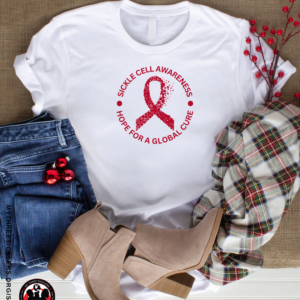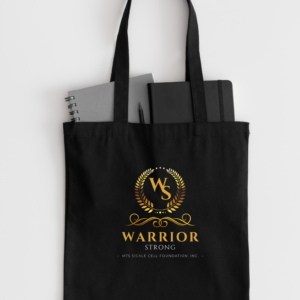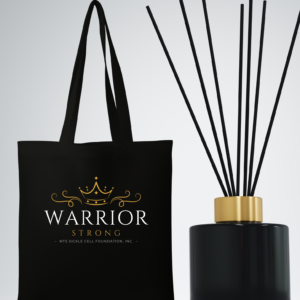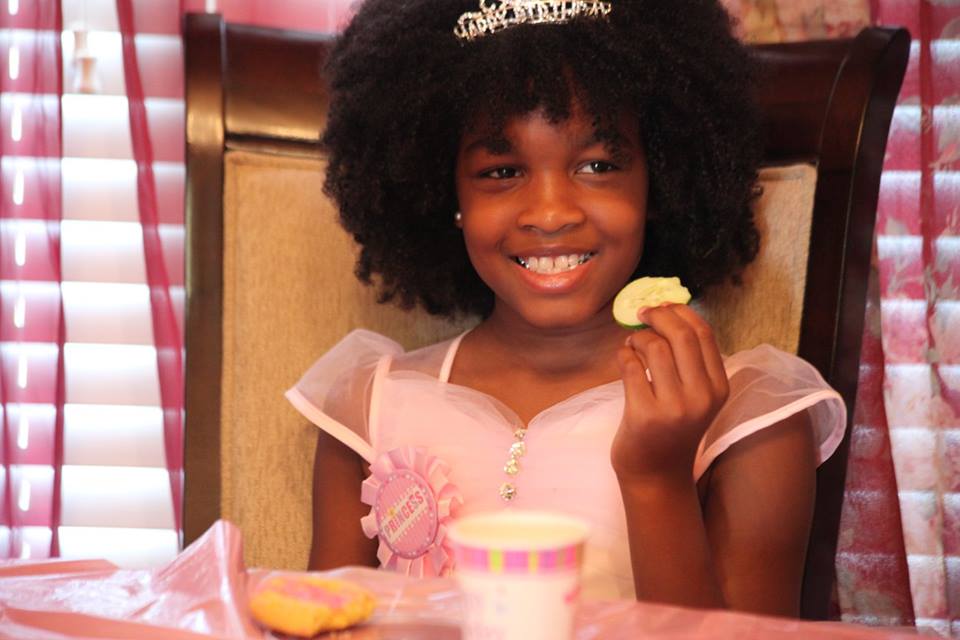[restabs alignment=”osc-tabs-left” responsive=”false” tabcolor=”#000000″ tabheadcolor=”#ffffff” seltabcolor=”#ED1E24″ seltabheadcolor=”#ffffff”]
[restab title=”Do You Know About Sickle Cell Anemia?” active=”active”]
Courtesy of KidsHealth.org
Have you ever seen a sickle? It’s a farm tool with a curved, sharp edge for cutting wheat. Sickle cell anemia (say: uh-NEE-mee-uh) is a disease of the blood. It gets its name because a person’s red blood cells are shaped like sickles, or crescent moons, instead of their usual round, disc shape.
A round disc or doughnut-shape (without a hole) is the healthiest shape for red blood cells (or RBCs) because they can move easily through the body. RBCs carry oxygen around your body, and every part of your body needs oxygen to work properly.
Red blood cells are made inside the bones in the soft, spongy area called the bone marrow (say: MAIR-oh). Every time you take a breath, you breathe in oxygen and your RBCs carry oxygen to every cell in your body. When a person’s body doesn’t have enough red blood cells, it’s called anemia. When the cause is the sickle shape of the RBCs, it’s called sickle cell anemia (or sickle cell disease).
When RBCs are shaped like sickles or crescent moons, they can get stuck, especially inside smaller blood vessels. This keeps blood from flowing as it should, which can cause a lot of pain in the body, especially in the bones. Important organs like the brain, heart, and kidneys need constant blood flow to work properly.

A person’s body knows that the sickle cells aren’t good, so it destroys them more quickly. But the body can’t make new blood cells fast enough to replace the old ones, so kids with sickle cell disease have anemia.
[/restab]
[restab title=”Signs and Symptoms”]
Kids who have sickle cell anemia may feel pain in their chest, stomach, or bones when blood vessels get clogged with sickle cells. The pain can last a few minutes or several days, and it might hurt a lot or just a little. When this happens, it’s called a sickle cell crisis (“crisis” means a time of trouble).
Nobody knows exactly when sickle cells might get stuck or which blood vessels might get clogged. Certain conditions, like if a person gets too cold, gets sick, or doesn’t drink enough fluid, can lead to a sickle cell crisis. Doctors and nurses can help by giving strong medicine to relieve the pain.
Because kids with sickle cell anemia don’t have enough normal RBCs, they get tired more easily. They also get infections more often than other kids do. They may not grow as fast as their friends.
Sometimes the whites of their eyes have a yellowish color, known as jaundice (say: JON-dus), and they may have to go to the bathroom a lot. In little kids — usually those under age 2 — sickle cell anemia can cause their hands and feet to swell and hurt. Sometimes they can have more serious illnesses and have to stay in the hospital.
[/restab]
[restab title=”What Causes Sickle Cell Anemia?”]
Sickle cell anemia is an inherited (say: in-HAIR-uh-ted) disease. That means you can’t catch it from other people like you can catch a cold or the flu. Kids are born with the disease when both parents pass along the sickle cell anemia gene to their children.
Some scientists think sickle cell anemia may be connected to malaria (say: muh-LAIR-ee-uh), a serious and sometimes deadly disease that’s common in Africa. It is believed that people who carry the gene for sickle cell anemia are less likely to catch malaria. So more of these people survived and passed on the sickle cell gene to their children.
More people of African heritage have sickle cell anemia than any other group of people. In the United States, about 1 out of every 500 African Americans has the disease. But some people of Mediterranean, Middle Eastern, and other heritages can have sickle cell genes, too.
[/restab]
[restab title=”How Do Doctors Know a Kid Has It?”]
Special blood tests can tell a doctor if a kid has sickle cell disease. The tests will show the doctor the type of hemoglobin (say: HEE-muh-glow-bin) in the kid’s red blood cells.
Hemoglobin is the part of the blood that carries oxygen to different parts of the body in the RBCs. There are different types of hemoglobin, including hemoglobin A and hemoglobin S. Normal RBCs contain mostly hemoglobin A, but people with sickle cell disease have mostly hemoglobin S (the “S” stands for sickle) in their red blood cells.
[/restab]
[restab title=”How Is Sickle Cell Anemia Treated?”]
Most young kids with sickle cell anemia take penicillin (say: pen-uh-SIL-in), a drug that helps prevent infections. A doctor may also prescribe a vitamin supplement called folic acid, which helps the body make new RBCs.
Taking penicillin or vitamins does not cure sickle cell anemia, but it can help keep kids who have it from getting sick. Pain medicine also helps them. Kids with sickle cell anemia may need to go to the hospital if they have a lot of pain or a serious infection. At the hospital, they can get IV fluids, antibiotics, or other medicine.
Sometimes kids with sickle cell anemia need blood transfusions (say: trans-FEW-zyuns). That’s a way to put healthy blood cells right into a kid’s body. A blood transfusion raises the amount of normal hemoglobin in the blood. It also decreases the chances that a blockage, or crisis, will happen.
[/restab][/restabs]
[restab title=”Can Sickle Cell Anemia Be Cured?”]
In some cases, a bone marrow transplant can cure sickle cell anemia. Bone marrow transplants replace the sickle cells with healthy cells from a donor. A donor is a person who gives healthy bone marrow or other organs or body parts to someone else who needs it.
Not just any bone marrow will do. For the transplant to work, the bone marrow must be a close match. Usually, the best donor is a brother or sister who doesn’t have sickle cell anemia.
[/restab]
[restab title=”What Can a Kid Do to Stay Well?”]
Taking penicillin every day helps prevent infections in kids who have sickle cell anemia. It’s important for them to stay as healthy as possible. That means eating healthy foods and drinks and getting plenty of sleep. Kids with the disease can play and exercise, but they should not get too hot, too cold, or too tired.
Another type of medicine, called hydroxyurea (say: hi-drok-see-yu-REE-uh), can help prevent infections and illnesses. This medicine must be taken every day.
A kid with the disease who has a fever, pain, or any other problems needs to tell an adult right away. Fast treatment is very important, so the kid can get back to feeling well again soon.
[/restab]









